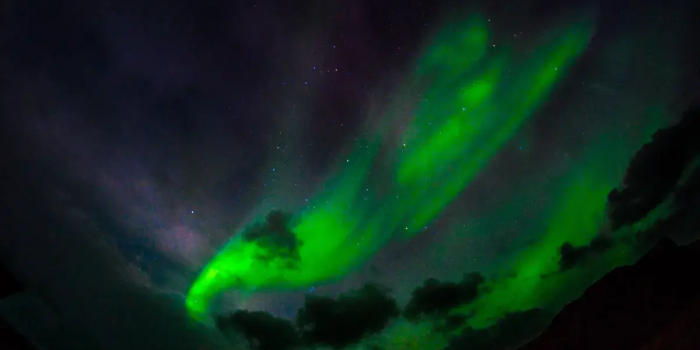In a mesmerizing display of scientific ingenuity, the High-Frequency Active Auroral Research Program (HAARP) facility in Alaska is poised to transform the night sky into a canvas of artificial airglow. This radiant phenomenon, reminiscent of celestial magic, will illuminate the heavens for a four-day experiment.
The concept of artificial airglow may sound like something out of science fiction, but it’s about to become a captivating reality. Artificial airglow is the deliberate orchestration of Earth’s atmospheric airglow, a natural spectacle triggered by the interplay of solar and cosmic radiation with atmospheric molecules like oxygen and nitrogen, occurring at various altitudes. This ethereal, often greenish luminescence, predominantly visible during nighttime, has intrigued scientists for its celestial charm and mystique.
Enter the HAARP facility, a high-frequency radio wave transmitter tucked away in the wilds of Alaska, set to unveil an awe-inspiring celestial performance. Commencing on a Saturday, this remarkable experiment will kindle artificial airglow for four consecutive days. The aim? To delve into the mysteries of the ionosphere, a high-altitude realm within Earth’s upper atmosphere, teeming with ions and free electrons, extending from around 30 miles (50 kilometers) above the Earth’s surface to several hundred miles in altitude.

During this extraordinary event, a consortium of researchers will embark on a journey to unlock the secrets of the ionosphere’s optical emissions. They will investigate whether specific plasma waves, which are essentially scorching hot gases capable of liberating electrons from atoms, amplify other low-frequency waves. Additionally, the team will explore how satellites can employ these plasma waves to detect and avert potential collisions.
The scientific torchbearers of this endeavor hail from esteemed institutions like the University of Alaska Fairbanks, Cornell University, University of Colorado Denver, University of Florida, and the Georgia Institute of Technology. Together, they are poised to unearth valuable insights into the enigmatic world of artificial airglow.
HAARP’s wizardry involves generating artificial airglow by stimulating electrons in Earth’s ionosphere using high-frequency radio waves. Much like the way solar energy paints the natural auroras in the night sky, HAARP employs 180 high-frequency antennas, arranged meticulously across 33 acres. These antennas can radiate a formidable 3.6 megawatts into the ionosphere and the upper atmosphere.
The frequencies used by HAARP generally span from 2.8 to 10 megahertz. However, the specific transmission times are exquisitely sensitive to real-time geomagnetic and ionospheric conditions, a reminder of the intricate dance between science and nature.

In the four days following HAARP’s radio wave symphony, the artificial airglow will grace the sky. Appearing as a gentle shade of red or perhaps a dreamy green, this celestial spectacle will be visible up to 300 miles from the HAARP site in Gakona, Alaska. As a handy tip, experts suggest that spectators might find it easier to capture the essence of airglow by slightly shifting their gaze, harnessing the intriguing mechanisms of the human eye.
Artificial airglow isn’t just a cosmic light show; it serves as an invaluable tool for atmospheric research and space weather studies. It unravels the intricate interplay between Earth’s atmosphere and the boundless realm of space, making it not just a scientific pursuit but a captivating display for those lucky enough to witness this celestial dance.
In addition to HAARP, artificial airglow can also be triggered by less conventional sources, such as the exhaust plumes of rockets and, space shuttles and research balloons equipped with unique chemical concoctions.


